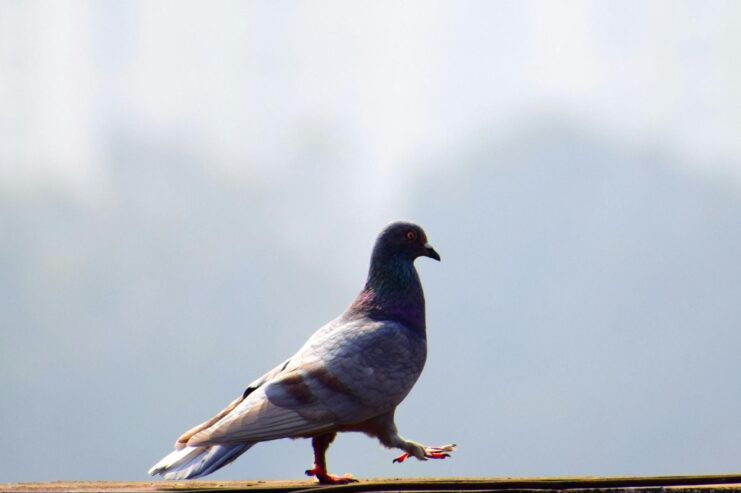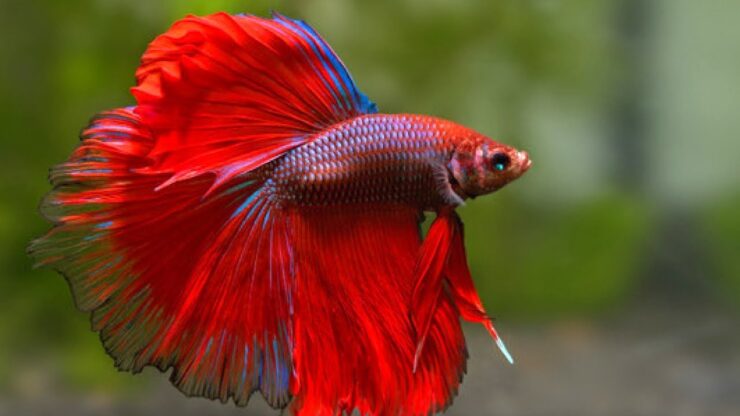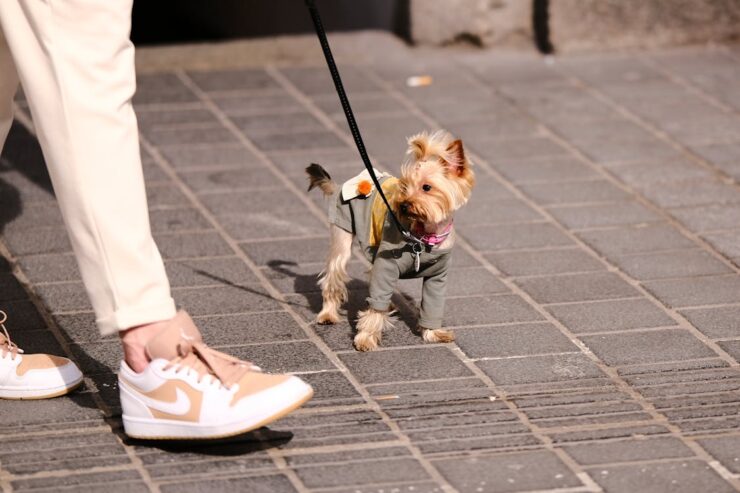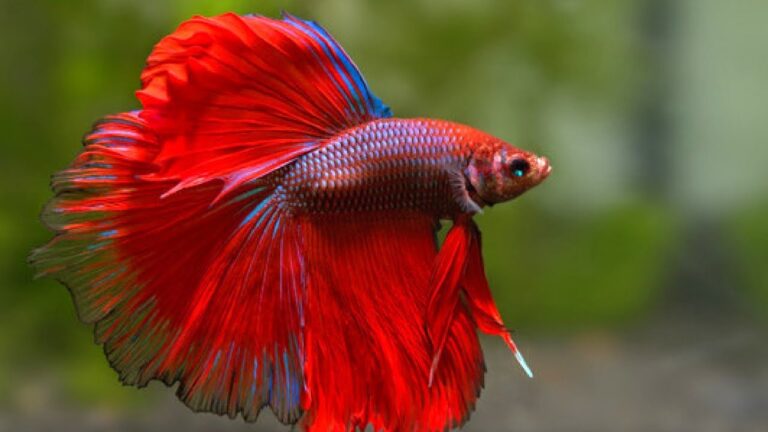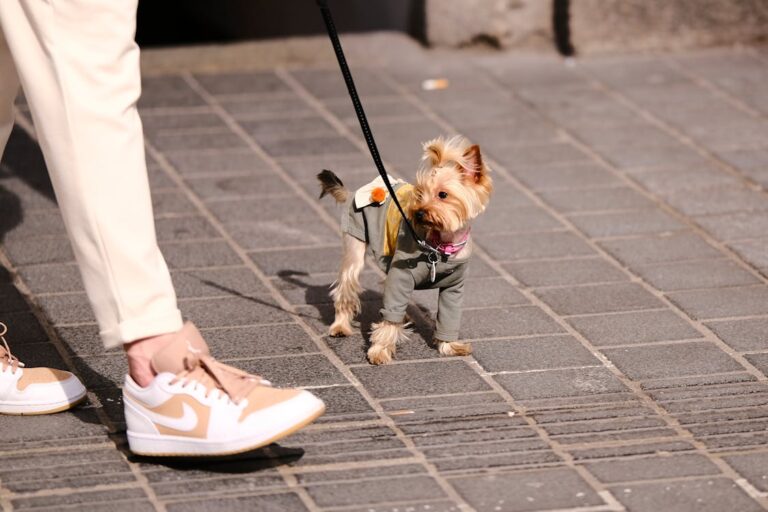Pigeons might seem harmless and even charming to some, but they can be a real nuisance for many homeowners and apartment dwellers. They are known for making permanent homes on balconies, leaving behind a mess and often causing damage. Understanding their behavior is crucial to keeping these uninvited guests away. Pigeons typically seek spaces that provide adequate food, water, and shelter. Therefore, making your balcony less inviting can be key to deterring them.
Implementing pigeon-proofing techniques will go a long way in maintaining a clean and bird-free balcony. The OvoControl’s guide on how to get rid of pigeons involves a multifaceted approach: remove food sources, limit water availability, and obstruct their ability to nest and roost. Traditional methods range from physical barriers such as netting and spikes to more innovative solutions like strategically placing deterrents and utilizing specialized products designed to safely and humanely discourage pigeons from residence on your property.
Key Takeaways
- Pigeons are attracted to spaces that offer food, water, and shelter.
- Removing attractions and creating barriers are effective deterrent methods.
- A multifaceted approach is the most effective strategy for keeping pigeons away.
Understanding Pigeon Behavior
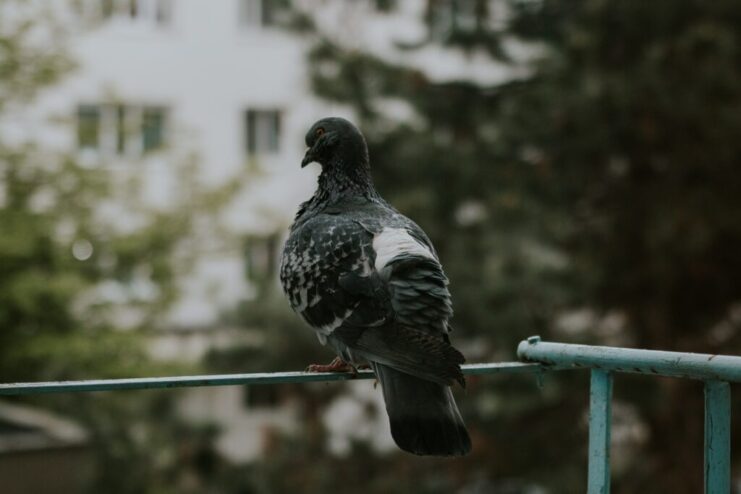
To effectively deter pigeons from a balcony, it is crucial to have a detailed understanding of their behavioural patterns. This includes knowledge of their preferred roosting locations, which are often flat, sheltered spaces like window ledges or balcony railings. Understanding their feeding habits is also essential; pigeons typically forage for seeds and grains but will also eat food scraps in urban settings. Additionally, recognizing their nesting patterns, which involve building nests in close proximity to food sources and in relatively undisturbed areas, can help in developing strategies to make these spaces less inviting. This comprehensive insight into pigeon behaviour is key to implementing effective deterrent techniques that minimise their presence without harming them.
Pigeon Habitat and Roosting Preferences
Pigeons favor urban areas where roosting sites are abundant. They typically seek out ledges, eaves, and other sheltered spots for safety from predators. Buildings often mimic the natural cliff environments pigeons prefer, so they are commonly found settling on balconies. Pigeons consider less-trafficked balconies ideal spaces, perceiving them as safe zones where they can roost undisturbed.
Feeding Patterns and Food Sources
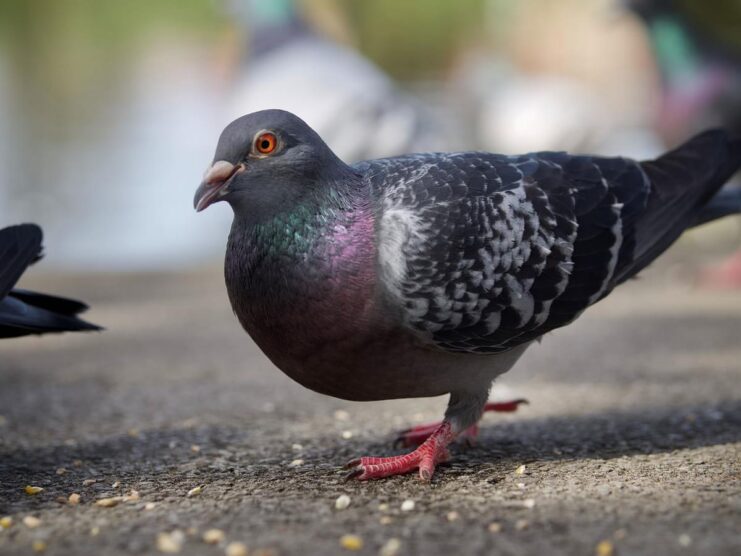
Pigeons are omnivorous birds that have adeptly adapted their feeding habits to thrive in urban environments. They are primarily scavengers, drawn to areas where food is readily accessible. In their natural diet, pigeons typically consume seeds, grains, and small insects. However, in urban settings, their diet often expands to include a variety of human food waste, which they can easily find in garbage bins, streets, and parks.
Balconies become particularly attractive sites for pigeons when they provide unintentional food sources, such as from bird feeders, pet food bowls, or spilled food items. Understanding these feeding patterns is crucial for managing pigeon populations and preventing them from congregating in unwanted areas.
Nesting and Reproduction
Pigeons usually build their nests in locations that offer some level of seclusion and protection from the elements. A balcony can provide an ideal setting for pigeons to nest, especially if it’s quiet and undisturbed. They use twigs, grass, and other materials to construct their nests. Pigeons can breed multiple times a year, so once they establish a roosting place that meets their needs for safety and proximity to food, they may return repeatedly, resulting in more frequent nesting activity.
Preventative Measures for Pigeon Proofing Your Balcony
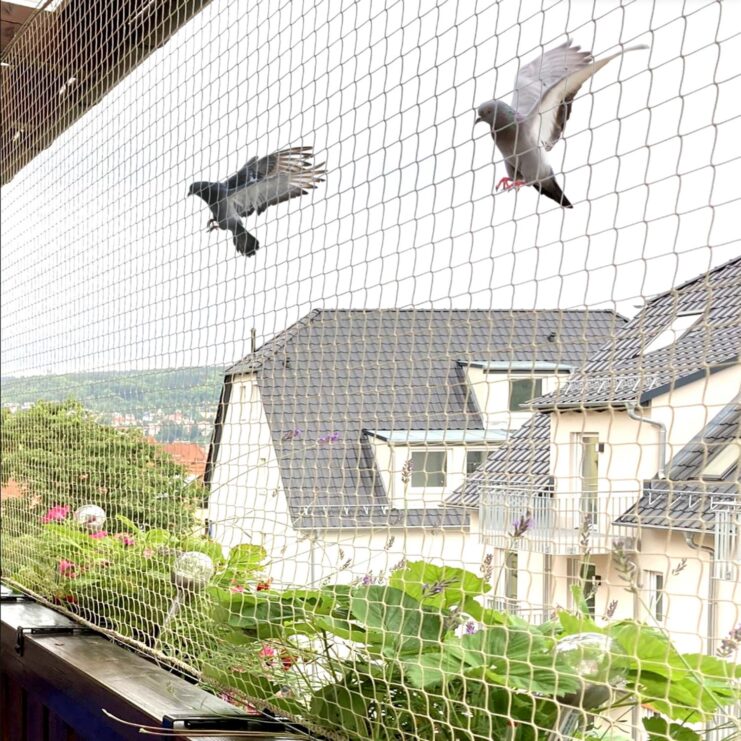
To make a balcony pigeon-proof, adopting a multi-faceted approach that combines deterrence and prevention is essential. Implementing physical barriers such as netting or spikes can physically block pigeons from landing and roosting on surfaces. Additionally, ensuring that pigeons are deprived of food and water sources is crucial; this involves cleaning up food remnants and securing garbage bins. Creating an unwelcoming environment can also be achieved by using visual or auditory deterrents like reflective surfaces or ultrasonic devices. Together, these strategies can effectively discourage pigeons from considering your balcony as a potential habitat, prompting them to seek alternative locations.
Physical Deterrents to Prevent Roosting
Implementing physical deterrents is a critical strategy in preventing pigeons from roosting on balconies and other urban structures. Installing bird netting is an effective method to block access to potential roosting areas such as eaves, ledges, and balconies. Additionally, placing anti-roosting spikes on these surfaces makes it physically uncomfortable for pigeons to land and settle, thereby discouraging their presence. For an added layer of deterrence, bird repellers can be utilized. These devices may include moving decoys that mimic predators or mechanical objects that create disturbances, unsettling pigeons and making the environment less appealing for them. Together, these deterrents form a comprehensive approach to keeping pigeons away from designated spaces.
Limiting Access to Food and Water
Pigeons often frequent areas where food is readily available. Therefore, it is crucial to clean any food remnants and ensure no accessible water source. A clean balcony decreases the likelihood of a pigeon infestation, as it provides neither nourishment nor hydration for them, making it an unattractive spot for these birds.
Creating an Uninviting Environment
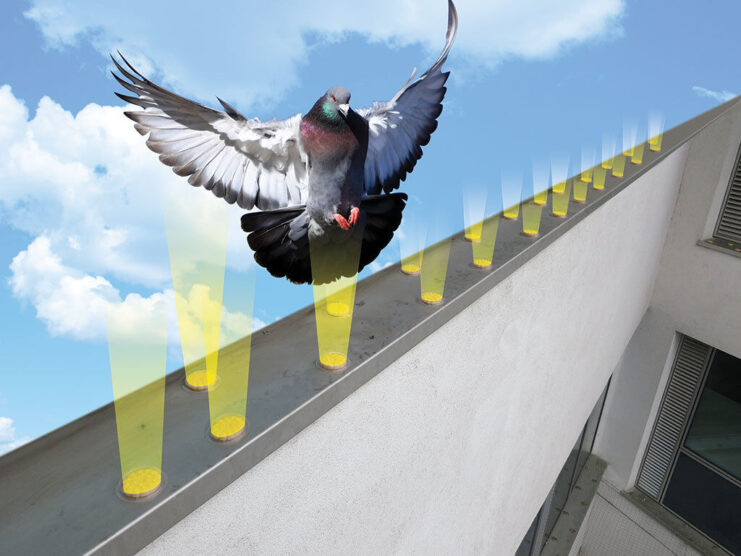
To effectively rid a space of pigeons, creating an environment that is unwelcoming is key. Installing mesh screens can serve as a physical barrier, blocking access to preferred roosting areas such as balconies or ledges. Applying bird-repellent gels on these common perching spots can further discourage pigeons by creating an uncomfortable surface for them to land on. Additionally, incorporating visual deterrents such as reflective tapes, mirrors, or fake predator decoys like owl or hawk models, can exploit pigeons’ natural aversion to threats, making the area appear dangerous. These combined measures effectively deter pigeons, encouraging them to seek more hospitable environments elsewhere.
Conclusion
Employing a combination of deterrent methods significantly enhances the likelihood of successfully keeping pigeons away from balconies. Regular and thorough cleaning to eliminate any potential food and water sources is crucial for discouraging pigeons from gathering. Additionally, the installation of physical barriers such as spikes or netting, along with the strategic placement of reflective objects, can prevent pigeons from landing and nesting. To ensure long-term effectiveness, it is essential for individuals to consistently apply these methods and adapt them as needed to maintain a pigeon-free environment. This proactive approach helps in establishing a clean and peaceful balcony space.

